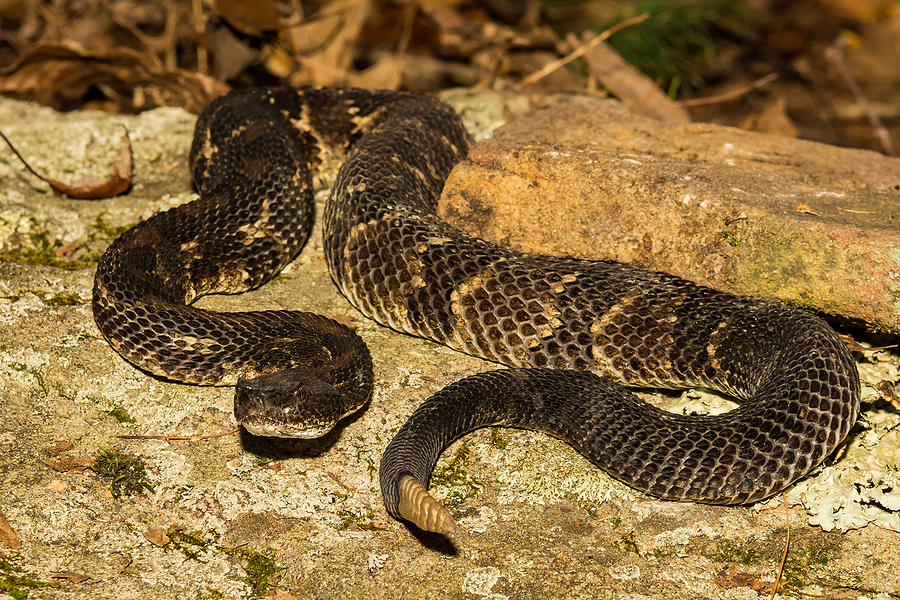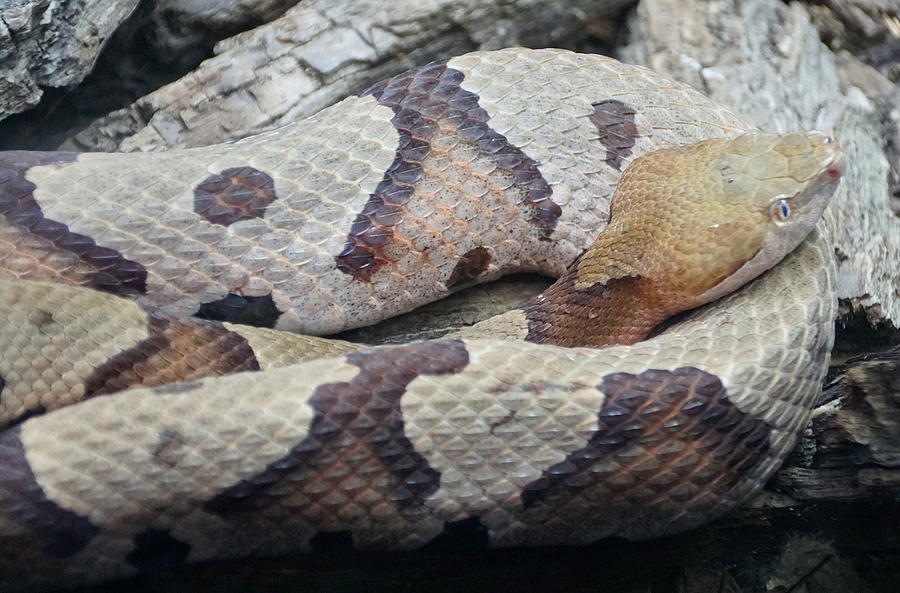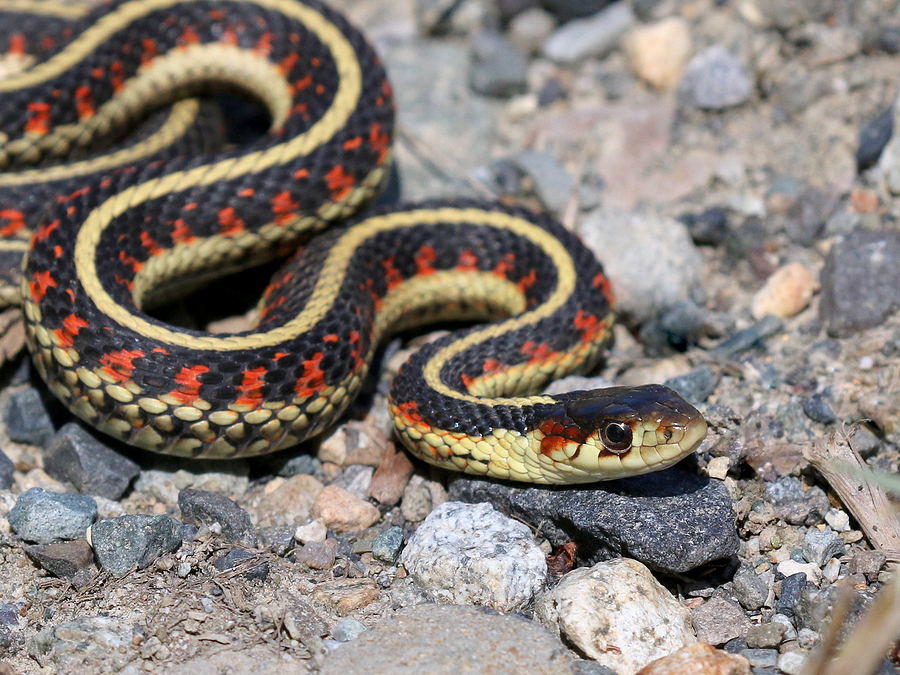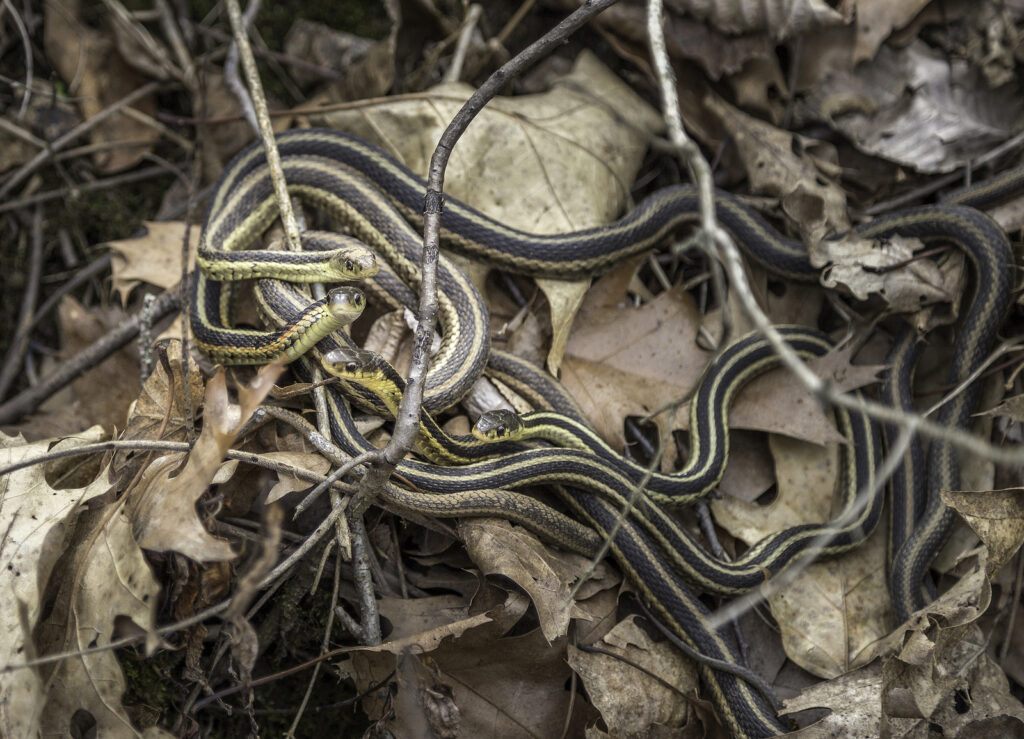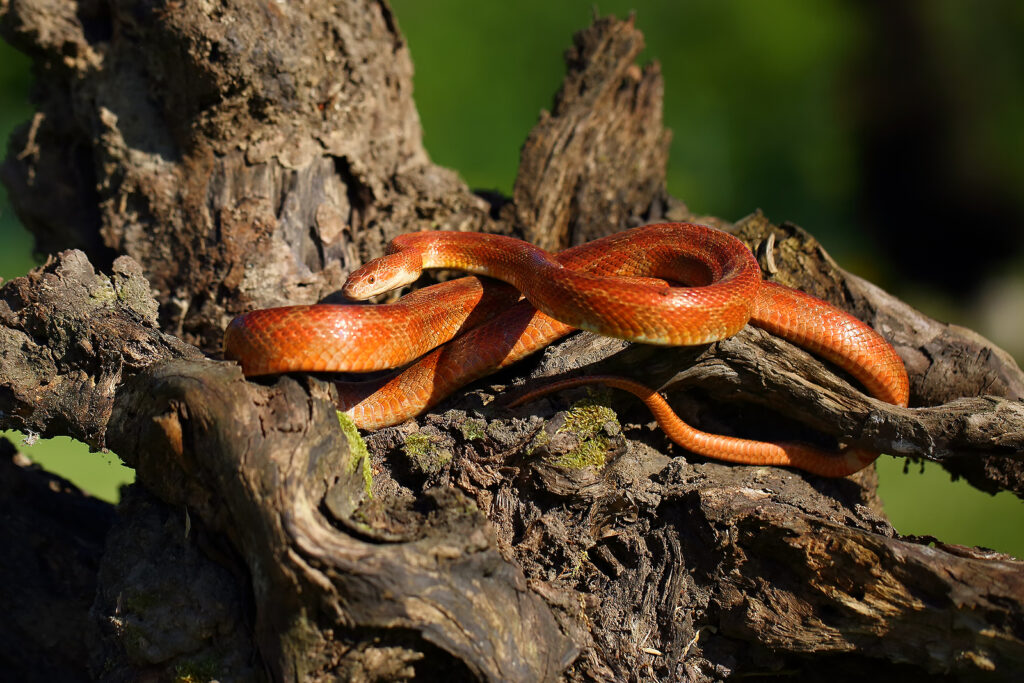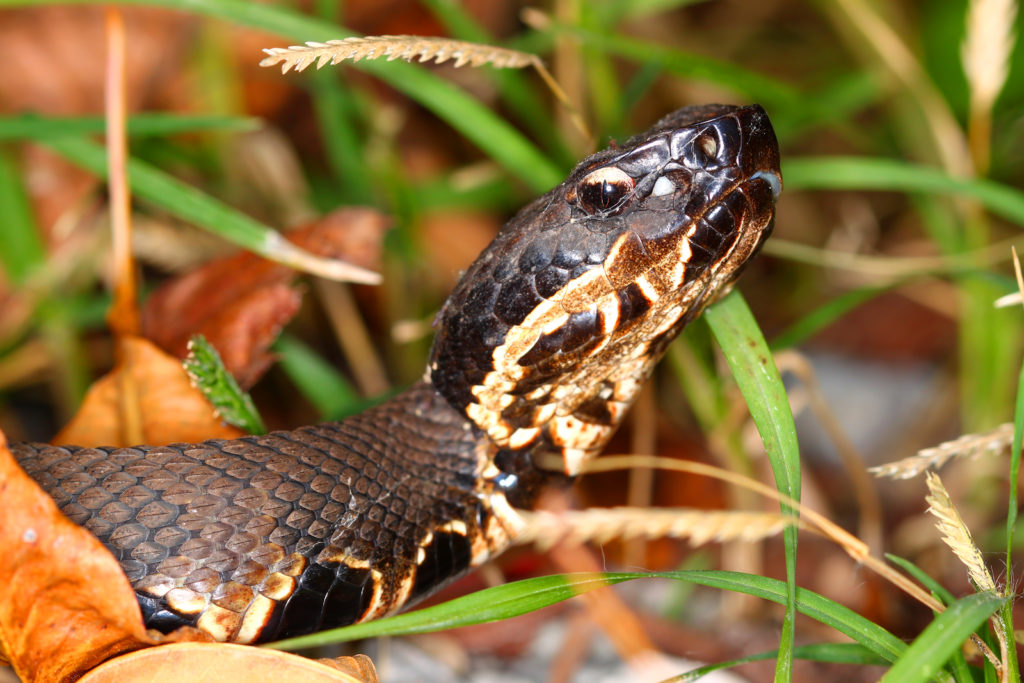As the leaves crunch under your feet and you venture deeper into the wilderness of Indiana, it’s likely you’ll encounter some of our slithering residents. Indiana is home to a diverse array of snake species, each with their own unique characteristics and habitats. From the harmless, ubiquitous Garter snake to the venomous Copperhead, these reptiles play a crucial role in Indiana’s ecosystem.
This blog will journey into the fascinating world of Indiana’s snakes, shedding light on the behavior, habitats, and unique traits of these often misunderstood creatures. We’ll also delve into the important precautions to take to avoid snake bites, particularly from the state’s handful of venomous species. So, whether you’re a hiker, a wildlife enthusiast, or just curious, join us as we unravel the fascinating world of Indiana’s snakes.
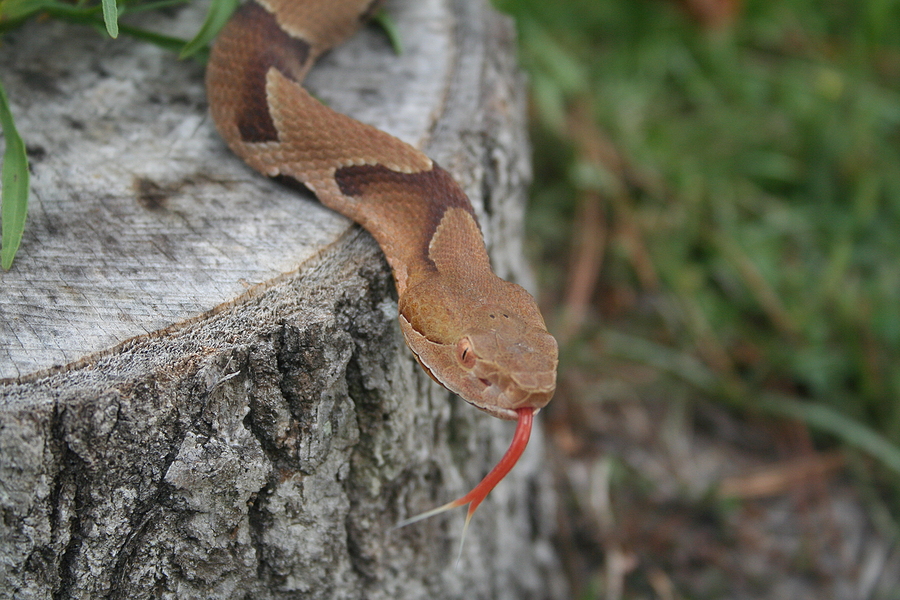
The Importance of Snakes in Indiana’s Ecosystem
Snakes may have a bad reputation, but they actually play a crucial role in maintaining the delicate balance of Indiana’s ecosystem. As predators, snakes help control populations of rodents and other small animals, preventing them from becoming overabundant and causing harm to crops or other native species. They also serve as prey for larger predators, such as birds of prey and mammals. In addition, some snake species like the Eastern Hognose snake also play a vital role in seed dispersal and pollination. Without snakes, Indiana’s ecosystem would be significantly impacted.
Common Snake Species in Indiana
Indiana is home to 33 different species of snakes, ranging from tiny Ring-necked snakes to massive Eastern Rat snakes. Some of the most commonly encountered species include Garter snakes, Black Rat snakes, and Northern Water snakes. These non-venomous species are often found in backyards, gardens, and parks, making them a familiar sight to many Hoosiers. Other less common but equally fascinating species are also found in Indiana, such as the secretive Timber Rattlesnake and the highly adaptable Eastern Milksnake.
Venomous Snakes in Indiana
While most of Indiana’s snakes are harmless, there are three venomous species that call the state home: Copperheads, Timber Rattlesnakes, and Massasauga Rattlesnakes. These snakes may look similar to non-venomous species at first glance, but they possess venom glands and fangs to deliver a potentially deadly bite. However, it’s important to remember that snake bites are rare and typically only occur when provoked or accidentally disturbed. It’s also worth noting that all three of Indiana’s venomous species are protected by state law and should not be harmed if encountered.
Safety Precautions for Snake Encounters
If you do happen to encounter a snake, it’s important to remember that they typically want nothing to do with humans. Most snakes will retreat or hide when approached, so it’s best to give them plenty of space and avoid handling them. If you’re hiking or spending time outdoors, wearing closed-toe shoes and watching where you step can also help prevent accidental encounters and potential snake bites. It’s also a good idea to familiarize yourself with the state’s venomous species and their habitats, so you know what to look out for in different areas.
What to Do About Nuisance Snakes on Your Property
Nuisance snakes on your property can be a serious concern for any homeowner. While snakes can play an important role in the ecosystem, they can also pose a threat to your safety and that of your family. Whether you’re dealing with venomous snakes or non-venomous ones, it’s important to take steps to control them. One option is to hire a snake removal service that can safely and effectively remove any snakes from your property. These professionals have the experience and equipment to deal with a wide range of snake species and can help ensure that your home and family are protected.
Additionally, you can take steps to prevent snakes from entering your property, such as sealing up any potential entry points and removing any sources of food or shelter. You can even try a non-toxic wildlife repellent. By taking a proactive approach to snake control, you can help ensure that your property remains a safe and enjoyable place to live.
Final Thoughts
Next time you come across a snake in Indiana, remember that they are an important part of our ecosystem and pose little threat to humans. Take the time to appreciate these fascinating creatures from a safe distance, and follow the necessary precautions to avoid any potential conflicts. By understanding and respecting Indiana’s snakes, we can coexist peacefully with these vital members of our state’s biodiversity.
Would you like to learn more about protecting your premises against snake intrusions and threats? Contact Budget Animal Removal at 317-875-3099 for DNR licensed and insured wildlife removal and control services for snakes in Indianapolis and its surrounding counties. Request a free estimate or advice, today!
Related Posts:
Venomous Snake Species Found in Indiana
The Most Effective Strategies to Get Rid of Snakes
Fundamental Facts About Corn Snakes in Indiana

